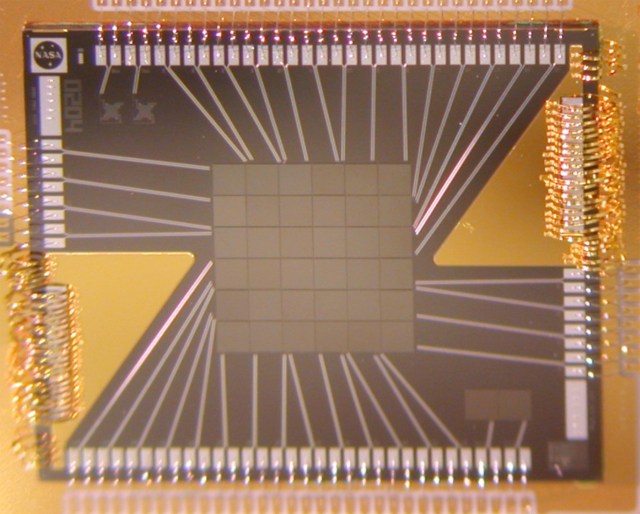NASA and Japan Aerospace Exploration Agency (JAXA) have joined forces to launch the ground-breaking XRISM mission, which has revolutionized the way we capture data from space using just 36 pixels. This collaborative effort involves over 70 institutions in Japan, the United States, Canada, and Europe working together to push the boundaries of space exploration.
The Resolve detector developed by NASA Goddard is at the heart of XRISM’s success, along with the two X-ray Mirror Assemblies. NASA Goddard also oversees the Science Data Center, which plays a crucial role in developing analysis software and the data processing pipeline. Additionally, they provide support for the XRISM General Observer Program, ensuring that the data collected is utilized to its full potential by scientists worldwide.

Making 36 pixels Remarkable
What makes XRISM truly remarkable is its ability to capture detailed data with just 36 pixels. This may sound limited, but each pixel is incredibly advanced, allowing scientists to gather precise information about celestial bodies like never before. By focusing on quality over quantity, XRISM is able to produce data that is unmatched in its accuracy and depth.
The implications of XRISM’s data collection capabilities are vast. Scientists are now able to study phenomena in space with unprecedented detail, leading to new discoveries and insights into the workings of the universe. From understanding the behavior of black holes to studying the formation of galaxies, XRISM is paving the way for groundbreaking research that will shape our understanding of the cosmos for years to come.
As a science enthusiast, it is inspiring to see what can be achieved with innovation and collaboration. XRISM serves as a reminder that even with limited resources, incredible feats can be accomplished by thinking outside the box and pooling together expertise from around the world. This mission serves as a beacon of hope for future space exploration endeavors, showing that the sky is not the limit when it comes to pushing the boundaries of scientific knowledge.
Leadership Insight from NASA
The impact of NASA/JAXA’s XRISM mission reaches far beyond the realm of space exploration. By showcasing the power of collaboration and innovation in achieving incredible feats with limited resources. NASA serves as a model for success in various industries. As we move towards a future where resources are finite and challenges are abundant, XRISM’s approach to data collection with just 36 pixels offers a valuable lesson in efficiency and excellence.
The research conducted at NASA symbolizes the very best of human intelligence and creativity. Their missions are proof of our capacity to overcome even the most daunting challenges.
This is where technology and human creativity converge to solve problems, both simple and complex. It’s where innovation thrives and possibilities are limitless.
It’s a fallacy that NASA is over-funded or wasteful in its spending. Their work is critical to advancing our understanding of the universe and improving life on Earth.
NASA’s budget represents less than half a percent of the total government spending budget.
Liked the 36 pixels camera article, check out more
I like to feature Science and Technology articles on my site for my own easy reference and to share with everyone who is interested.
If you like this story you should check out some of the other stories in the Science Section
To check the original story Click here


